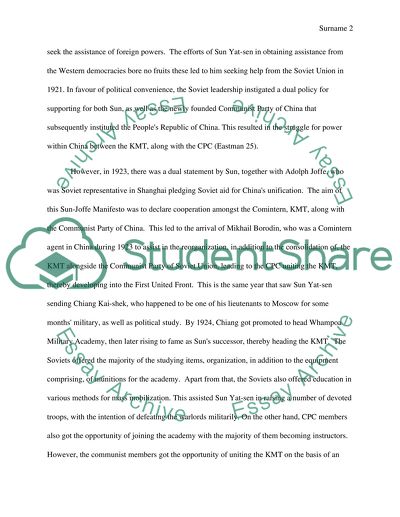Cite this document
(“The Reasons for the Civil War in China Between the KMT and CCP Essay”, n.d.)
Retrieved from https://studentshare.org/history/1399683-the-reasons-for-the-civil-war-in-china-between-the
Retrieved from https://studentshare.org/history/1399683-the-reasons-for-the-civil-war-in-china-between-the
(The Reasons for the Civil War in China Between the KMT and CCP Essay)
https://studentshare.org/history/1399683-the-reasons-for-the-civil-war-in-china-between-the.
https://studentshare.org/history/1399683-the-reasons-for-the-civil-war-in-china-between-the.
“The Reasons for the Civil War in China Between the KMT and CCP Essay”, n.d. https://studentshare.org/history/1399683-the-reasons-for-the-civil-war-in-china-between-the.


